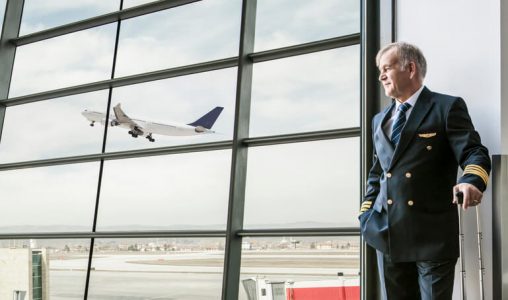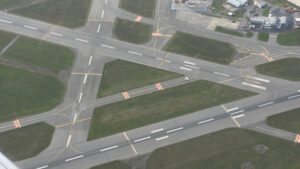Pilot training shortage may get an age-related change
As aviation travel comes roaring back after the pandemic, airlines are left scrambling to fill their empty seats up front. As a result, pilot training classes are looking sparse for the regionals, which may be why I just got a postcard offering a signing bonus of almost $100K if I would give up my cushy corporate job and return to airline life.
It was tempting for a minute or two, but then I thought back to the short nights and incredibly long days and decided I was over the glamour of the big jets. However, I do understand the appeal for the younger crowd, and to them, I say, go for it! You’ll upgrade before you know it, and soon after that, you will be offered your dream job flying heavies overseas.
It’s incredible what the pilot shortage is doing to professional aviation. It’s relatively good for the pilots – not for the airlines and charter/corporate flight departments. Salaries are going up, which is terrific, but I can see the dilemma for the future of air travel costs. I’ve heard some crazy salary numbers for regional check airmen – numbers that seem incompatible with the airline making a profit or even staying in business. Something will need to change.
The FAA and other organizations are trying to find solutions to the pilot shortage issue. For instance, a major regional airline is asking for another reduction in the requirements for an ATP Certificate. The first reduction came with the Restricted Airline Transport Certificate (R-ATP), and now they are asking for an option for lower hours in exchange for more rigorous flight training.
I have mixed feelings about this. I understand that the Standard Operating Procedures at regional airlines are incredibly standardized. The autopilot is the first thing that comes on at gear retraction, but what happens when the automation fails? Remember the 777 that hit the break wall in San Francisco because the pilot could not make a visual approach without automation? Do we need the sky full of pilots with limited stick and rudder skills?
Additionally, Senator Lindsey Graham (South Carolina) is proposing a bill that will increase the retirement age for airline pilots for the second time since 2006. For decades, the pilot retirement age was 60 years old. The FAA raised the age to 65 in 2006; 67 is now being considered due to the severe and growing pilot shortage.
Boeing recently released their pilot outlook, forecasting a need for 602,000 over the next 20 years. That’s a lot of pilots. Anyone who has flown commercially in recent months knows about the shortage first-hand. Flight cancellations and delays are almost expected and planned for. So if you REALLY need to be somewhere, give yourself a couple of backup flights, just in case.
Surprisingly, the increased Retirement Age Bill has been met with mixed reviews, and I’m not exactly sure where I land on the issue either. On the one hand, I would rather have highly experienced crews up front as opposed to low experience time builders. But, on the other hand, it would have to be balanced by the appropriate medical exams and flight checks, which we do regularly anyway, so I guess it makes sense.
We must remember that new-hire pilot training can only teach so much; experience will always be the best teacher. Although the pilot shortage will likely be a challenge for years to come, it will be interesting to see how it is handled.










